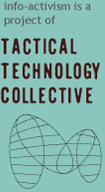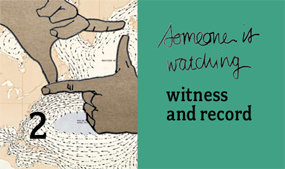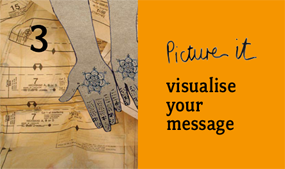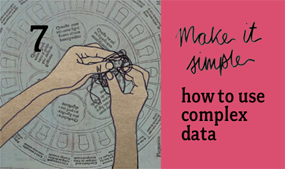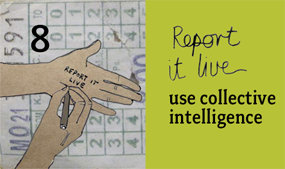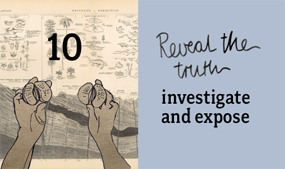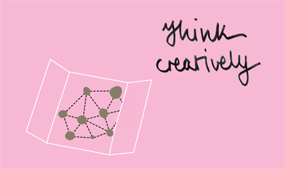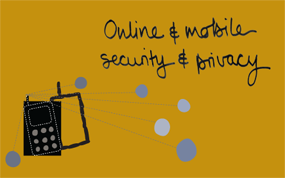|

FEATURED TOOL
A trusted video sharing community for human rights advocates
WITNESS, an NGO for video advocacy, hosts its own video sharing website, The Hub, where anyone can upload videos related to human rights. On The Hub, a community of advocates receptive to rights issues are already gathered, and WITNESS has a history of protecting advocates’ right to free expression. One drawback is that The Hub does not have the massive, diverse audience that other very popular video sites have; so you may want to use it as well as popular sites like YouTube if your aim is to get as big an audience as possible.
|
TIPS
VIOLETA KRASNIC, FROM WITNESS, ON CONCEALING IDENTITY:
"Filming concealed identity interviews is a matter of trust, in people and in technology. Our consent process conveys the purpose of the video and its intended use in the video advocacy campaign and is built on an understanding of the security implications of the interview."
AUNG, BURMESE RIGHTS ADVOCATE, ON GETTING INFORMATION OUT:
"The Saffron Revolution clearly indicated how citizen journalists are powerful for our country. Sometimes we bring information across the border using recording devices, and sometimes we use email or FTP – these are the sorts of methods we are using so far. Even though the regime has tried to shut down everything, bloggers and citizen journalists have been able to bring information to the outside media."
PRISCILLA NERI, FROM WITNESS, ON ETHICS AND PUBLICATION:
"With so many questions unanswered in the video of Neda, I find myself without a good solution [for] what to do with it. What I know for sure is that it must be seen, and the young woman’s dignity must be respected. Perhaps this delicate balance can be achieved by blurring her identity in the video, or by thinking twice before selecting the image of her bloodied face as your new Facebook status."
|

